Archive highlights
Tutankhamun
Griffith Institute Artworks
Petrie journals
Read Petrie's journals for 1880-1929
Book sale
The Griffith Institute - University of Oxford
The Griffith Institute is the heart of Egyptology and Ancient Near Eastern Studies, located at the University of Oxford for over eighty years.
It is home to two major research projects, the Topographical Bibliography (Porter & Moss) and the Online Egyptological Bibliography (OEB), and a collaborating partner on the AHRC-funded project Artefacts of Excavation. The Griffith Institute also houses an archive of 'wonderful things' containing the collective memory and life work of some of Egyptology's greatest scholars, including its founder Francis Llewellyn Griffith, as well as Sir Alan Gardiner and Jaroslav Černý. Perhaps the most famous are the records of Howard Carter whose name is synonymous with the discovery of the tomb of Tutankhamun. The Griffith Institute provides vital resources for the study of the history and culture of ancient Egypt and the Near East, which may be accessed directly, or online.
Griffith latest news
Tutankhamun Spatial Archive
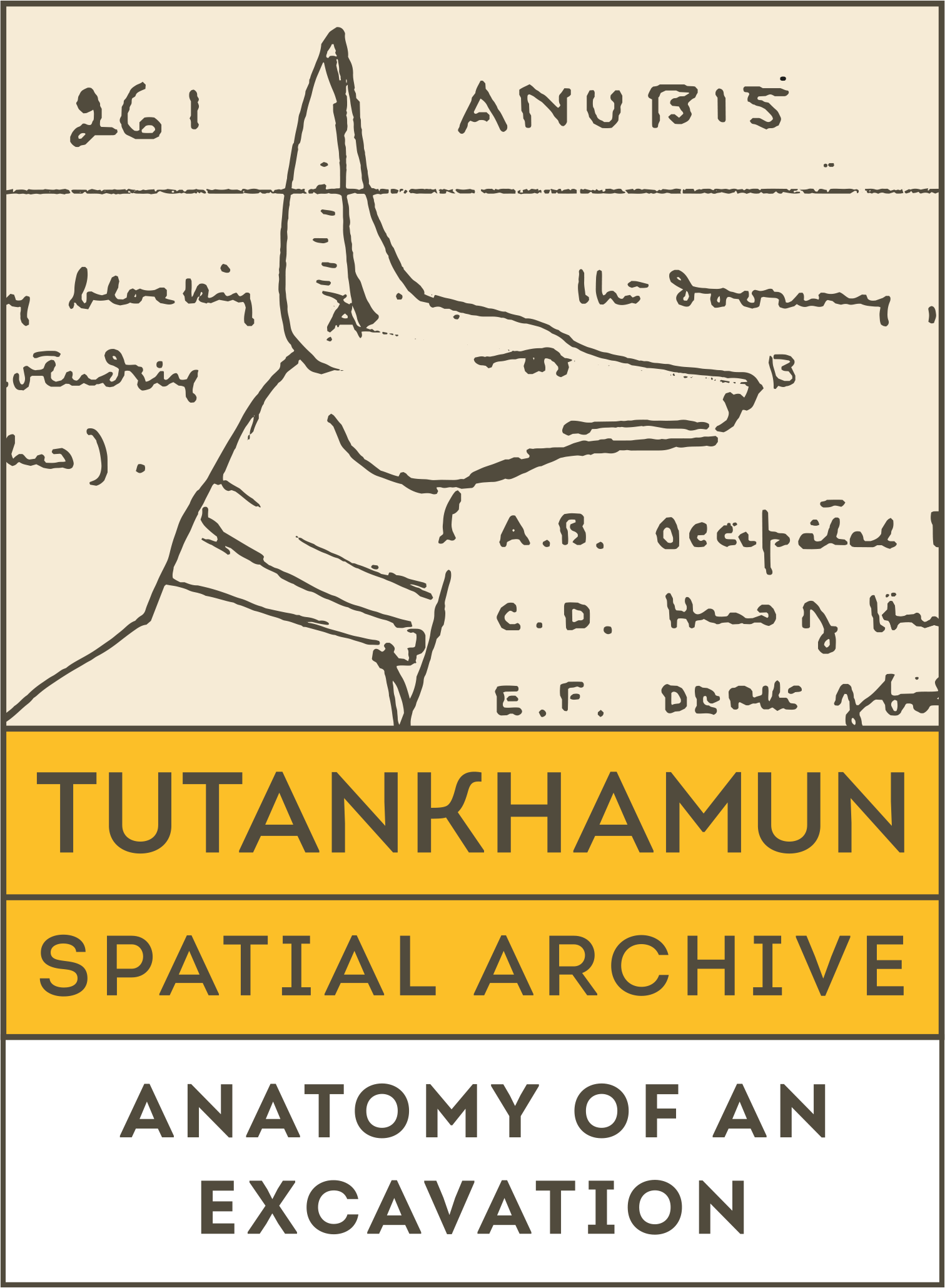
One hundred years after Howard Carter's team first unwrapped Tutankhamun's body, we are delighted to announce the launch of the Tutankhamun Spatial Archive, a new database bringing together every archaeological record from the tomb's discovery.
Supported by the John Fell Fund and developed in collaboration with Agile Collective, the Griffith Institute is creating a fully integrated and searchable database that interlinks every record for the first time, enabling users to explore the material in new ways.
To mark the centenary of the unwrapping, the Griffith Institute is releasing the Beta phase of the new database, featuring all records created during the 1925 unwrapping and examination of Tutankhamun's mummified body (all objects recorded under Carter number 256, including the mummified body, the famous funerary mask, and all artefacts discovered within the linen bandages).
We invite you to explore the new database and share your feedback. The Griffith Institute team will continue uploading new material weekly, aiming to complete the process over the next two years.
Visit the Tutankhamun Spatial Archive (Beta launch).
Jaromir Malek Memorial Lecture 2025
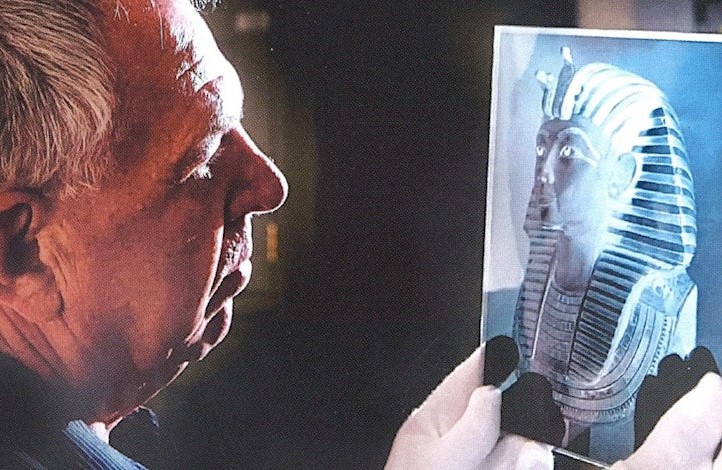
We are delighted to announce the second lecture in memory of Dr Jaromir Malek (1943-2023) to be held on the evening of Thursday 16 October 2025 at the Shulman Auditorium in Queen's College, Oxford (directions to the venue can be found here).
The lecture titled "Questions of provenance: accommodating uncertainty in a topographical work of reference" will be given by Professor Tony Leahy and commence at 5pm BST. This will be followed by a drinks reception.
This is a free event and all are very welcome to attend. Please register your attendance via Eventbrite.
We look forward to you joining us at this event to remember and honour our dear friend and colleague.
Update: You can view the lecture here.
Jaromir Malek Memorial Lecture 2024

We are delighted to announce the inaugural lecture in memory of Dr Jaromir Malek (1943-2023) to be held on the evening of Thursday 17 October 2024 at the Shulman Auditorium in Queen's College, Oxford (directions to the venue can be found here).
The lecture titled "The Right Person in the Right Place: Jaromir and the Griffith Institute" will be given by Professor John Tait and commence at 5pm BST. This will be followed by a drinks reception.
This is a free event and all are very welcome to attend. Please register your attendance via Eventbrite.
We look forward to you joining us at this event to remember and honour our dear friend and colleague.
Update: You can view the lecture here.
Jaromir Malek (1943-2023)
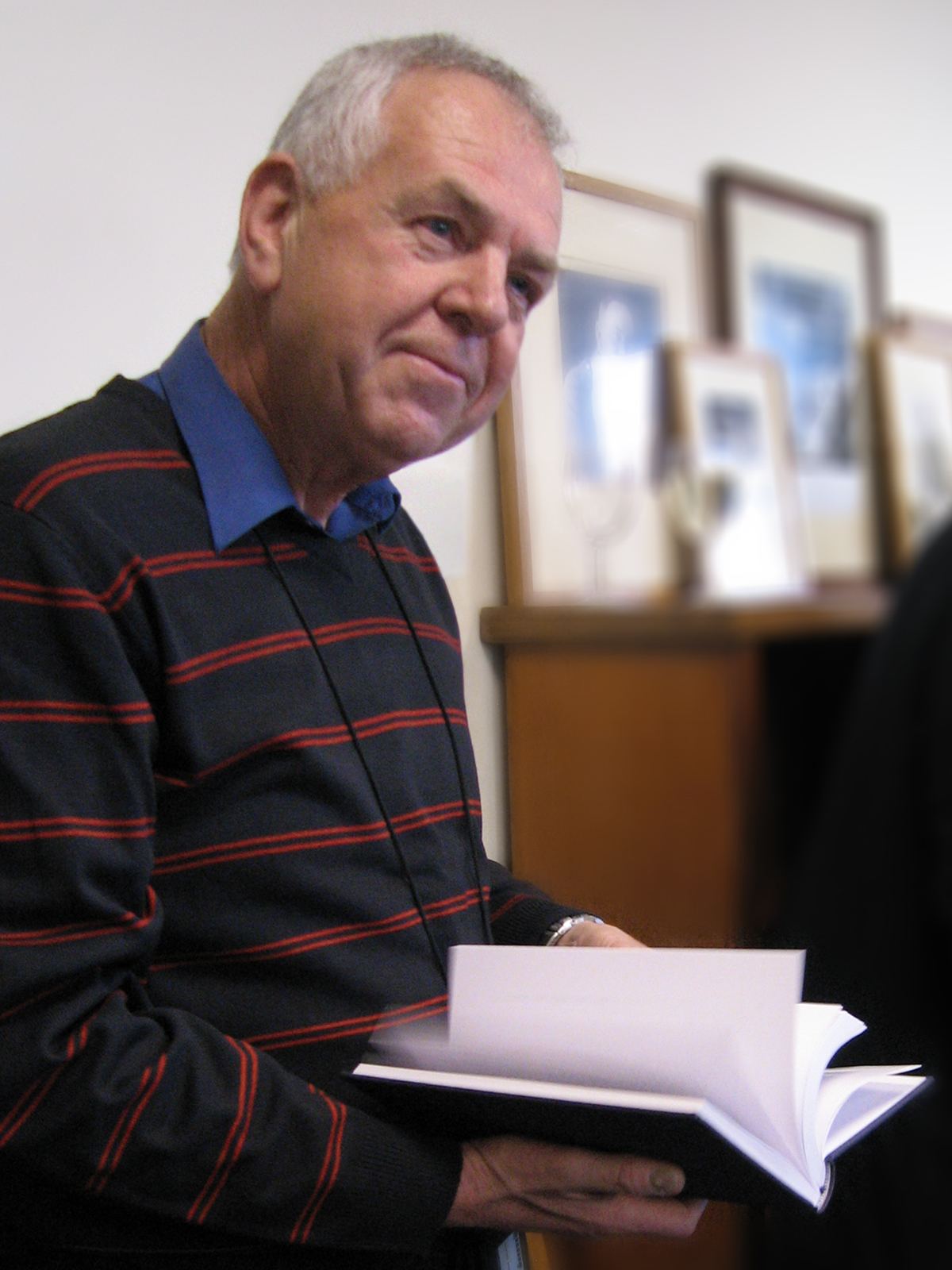 It is with great sadness that we announce the death of our colleague the Czech/British Egyptologist Dr Jaromir Malek.
It is with great sadness that we announce the death of our colleague the Czech/British Egyptologist Dr Jaromir Malek.Jaromir Malek first arrived in Oxford in Summer 1967, and joined the staff of the Griffith Institute in 1968, where he was first appointed to assist Dr Moss and Mrs Burney who were working on the second edition of volume 2 of the Topographical Bibliography [TopBib]. Upon Dr Moss’s retirement in 1970, he was appointed the Bibliography’s Editor, and directed the project for over forty years. The publication of the revised Memphite volume in 1981 marked a change of direction for the project, when Malek began to work with the significant body of material yet to be addressed, the monuments in museums and private collections with no documented provenance. This huge undertaking resulted in the publication of the four parts of volume 8 covering statues and stelae. Malek’s passion for the TopBib and the huge responsibility he felt for it, even in retirement, was inspired by Dr Moss’s own dedication to the project.
In 1980, Malek also assumed the role of Keeper of the Griffith Institute Archive. For over thirty years he initiated a program of development, communication, and outreach, beginning the reorganisation and description of its collections to modern standards. Malek was an early adopter of technology, recognising its potential for both the Archive and the TopBib’s future development. He was solely responsible for the creation and content of the Griffith Institute’s website, which was one of the first websites in the humanities. Perhaps his greatest achievement was the full online publication of the Tutankhamun Archive, known as “Tutankhamun: Anatomy of an Excavation”; working with a small budget, over 15,000 pages of documentation were created by Malek and his team, and he himself devoted many hundreds of hours of his own time to ensure the documentation was made freely accessible to everyone on the web.
Malek was also a regular member of the Egypt Exploration Society’s expedition teams working at the Ptah enclosure in Memphis and the Serapeum at Saqqara during the 1980s and early 1990s. He also produced an impressive number of publications, both for academic audiences and the general public, and he shared his love for felines with the highly successful The Cat in Ancient Egypt. He was invited to lecture all over the globe, inspiring enthusiasm and support for the Institute’s projects.
Jaromir’s breadth of knowledge was remarkable. He was a formidable personality, yet beneath the serious, and seemingly tough, persona, lay a very kind, warm, and generous heart. He was quick to assist anybody, possessed an admirable moral compass, and was always willing to share his time and expertise, especially with young students and colleagues. He was welcoming to all visitors to the Institute and was always delighted to receive Egyptian friends and colleagues. He will be much missed in our international discipline, but particularly here in Oxford.
Any messages of condolence may be sent to the Griffith Institute (griffith.institute@ames.ox.ac.uk), and we will forward them to Jaromir’s wife, Jane, and the family in due course.
Artworks from the Griffith Institute Archive on Art UK
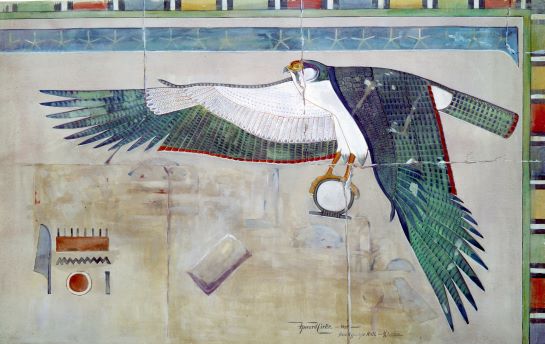
The Griffith Institute Archive is home to an impressive collection of watercolours, paintings and drawings created between the mid-18th and early 20th centuries by artists, architects and archaeologists travelling, working and living in Egypt. Art prints of curated highlights from the archive are now available in the Griffith Institute’s Shop on Art UK. These include watercolours created by the French architect Hector Horeau in 1839 and the travel writer G. A. Hoskins between 1832 and 1861, as well as examples of photography from the mid-1850s through to the early 1900s. The Shop also offers the opportunity to own copies of early artworks produced by Howard Carter in the 1890s and early 1900s, including his spectacular painting of a Horus falcon, complemented by an illustration of a Nekhbet vulture by his brother Vernet Carter. Tutankhamun tomb images are also available, including Carter’s maps, plans and drawings and some of Harry Burton’s remarkable documentary photographs. Over sixty items are now available, and we are continually adding new artwork to our Art UK page and Shop.
Tutankhamun: Excavating the Archive
Centenary exhibition
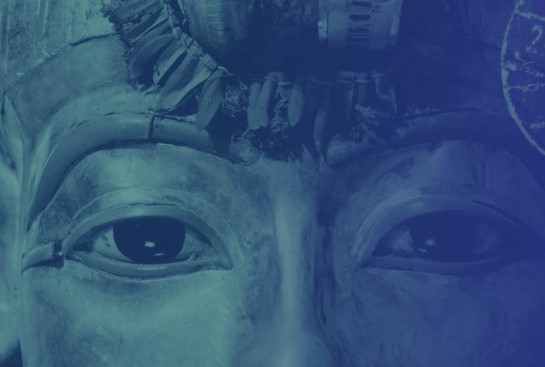
This year marks the 100th anniversary of the discovery of the tomb of Tutankhamun. To celebrate the centenary, the Griffith Institute staff have been working with Bodleian Libraries, University of Oxford, and we are delighted to announce the launch of Tutankhamun: Excavating the Archive. This exhibition will display about 200 photographs, letters, plans, drawings and diaries from Carter's original excavation archive that was presented to the Griffith Institute after the excavator's death. The exhibition provides a view of the complexities of both the remarkably well-preserved ancient burial and the modern excavation, including the often-overlooked Egyptian members of the archaeological team and their crucial role in the discovery. The free exhibition will take place in the 'Treasury' gallery in the Weston Library, from 13 April 2022 to 5 February 2023. For further information visit the Weston Library website.
Jenny Lane's journals
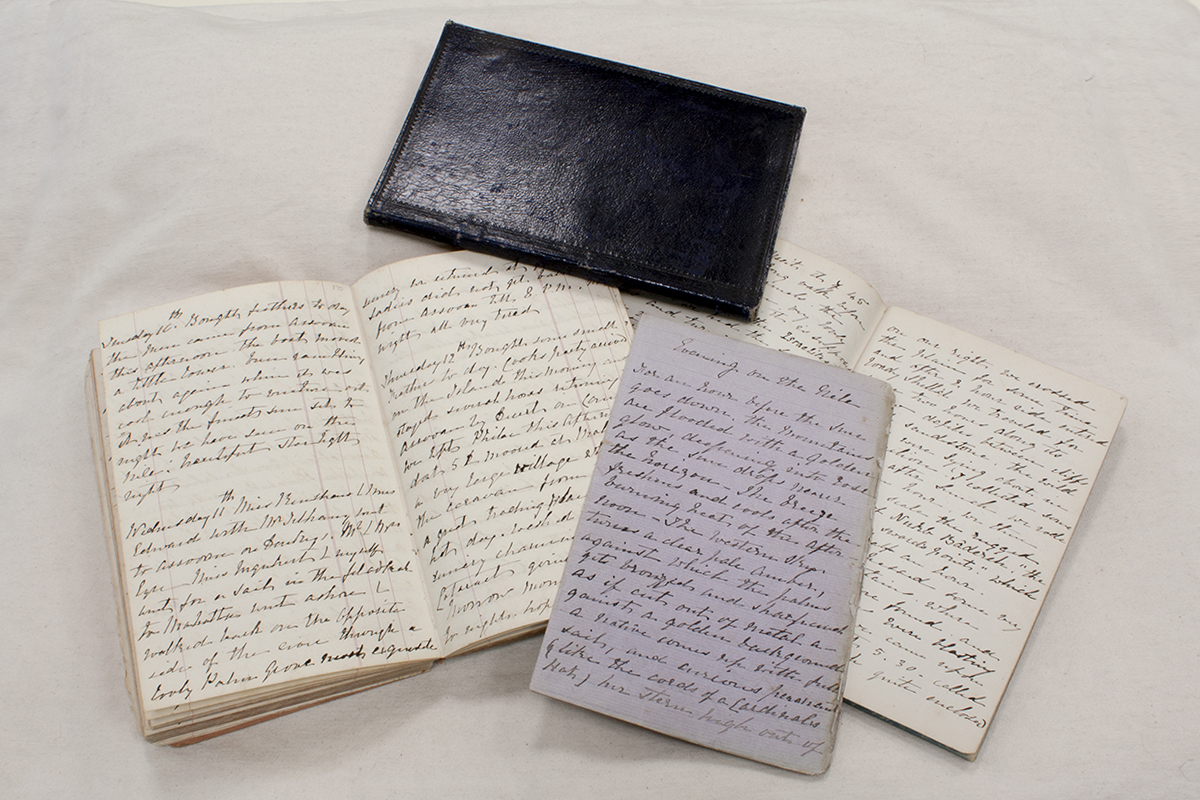
On 6 February 2019 the Griffith Institute acquired at auction the journals of Jenny Lane, thanks to generous grants from the Friends of the National Libraries, the Friends of the Petrie Museum and a number of donations to the Griffith Institute Archive. Jenny Lane was lady's maid to Lucy Renshaw, travelling companion of Amelia A. B. Edwards; the journals describe their various trips, including the 1873-1874 journey through France, Italy and Egypt. The online publication of the journals was completed on 16 July 2019. See more.
Griffith Institute Publications
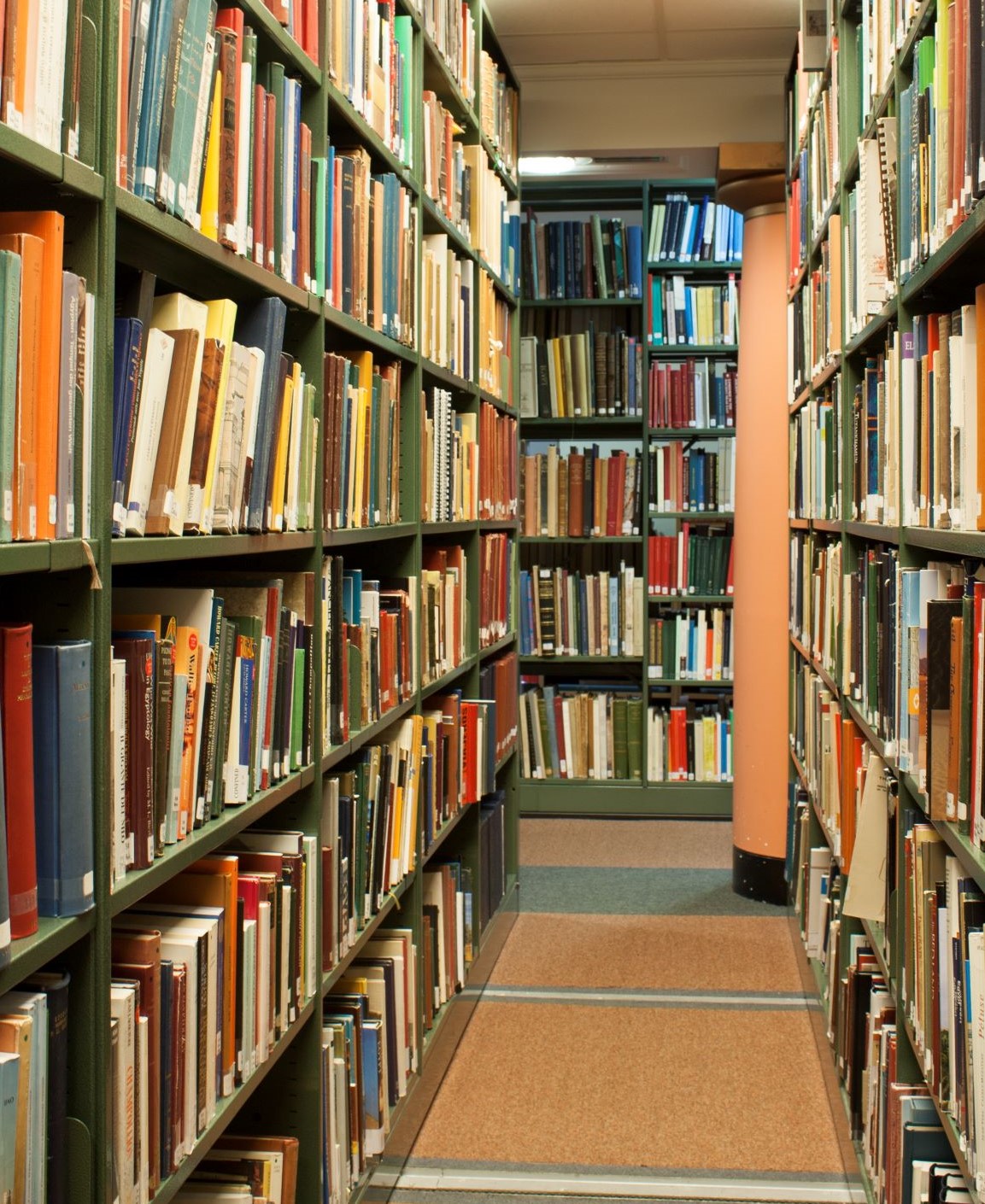
The Griffith Institute has resumed its publishing activity and now welcomes proposals for future publications. The core area is Egyptology, but contributions in other related disciplines, particularly in the case of collected volumes, will also be considered.
See the editorial process and procedures.
W. M. Flinders Petrie Collection
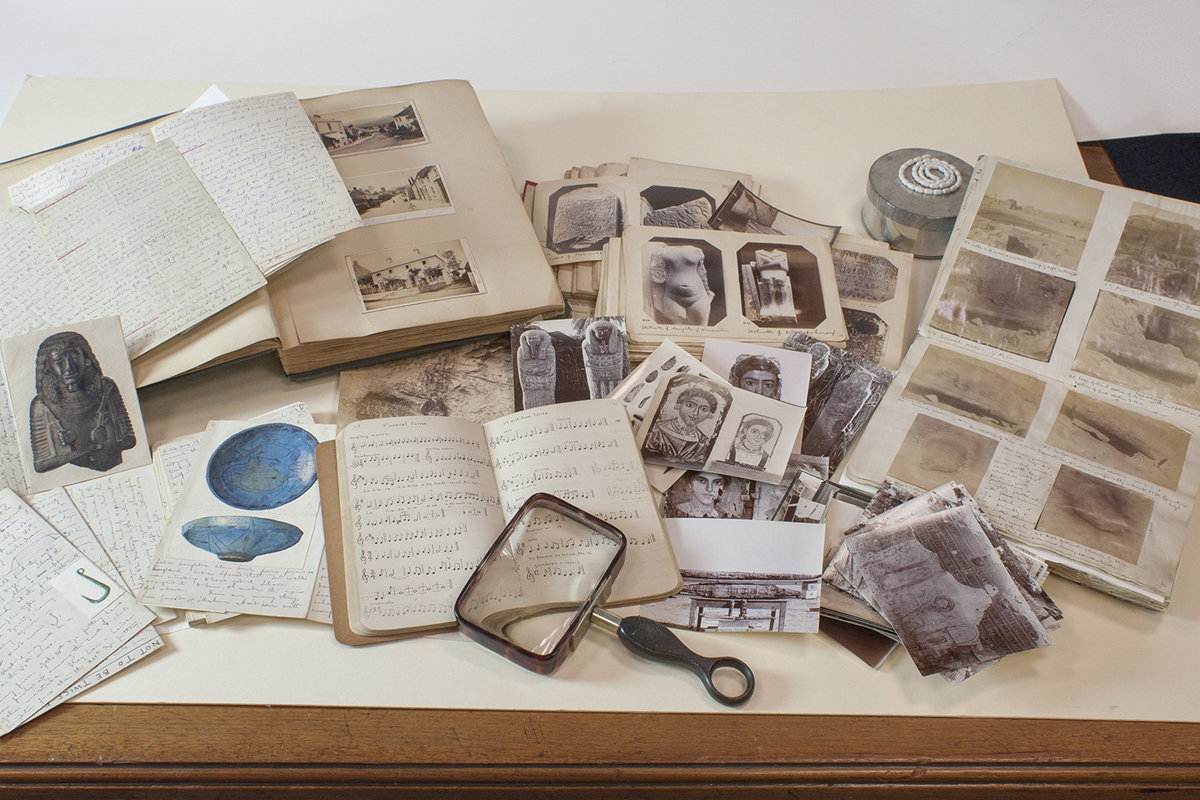
Thanks to a generous grant from the Friends of the Petrie Museum, the W. M. Flinders Petrie Collection held at the Griffith Institute Archive has now been fully listed and is available on our online catalogue. As well as detailed descriptions of each item, the catalogue also includes over 1,500 of Petrie’s photographs which have been digitized and can be viewed online. We are also currently in the process of producing digitized copies of Petrie’s journals, which we hope to make available through the catalogue very soon. See more.
George Lloyd's album
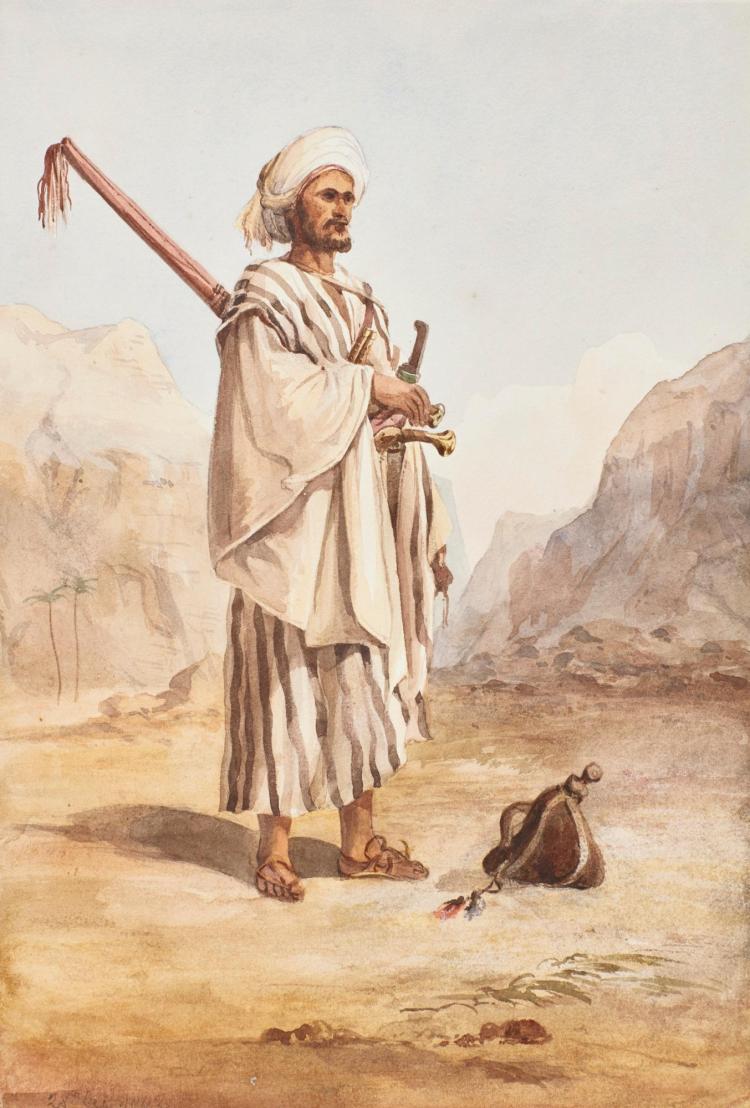
On 9 May 2017 the Griffith Institute acquired an album of watercolours, drawings and tracings of Egypt by George Lloyd (1815-1843), thanks to a generous grant from the Friends of the National Libraries. George Lloyd was a British botanist, excavator and traveller, who excavated at Thebes with Prisse d'Avennes in 1839-1843. See more.
Griffith Institute Archive Online Catalogue
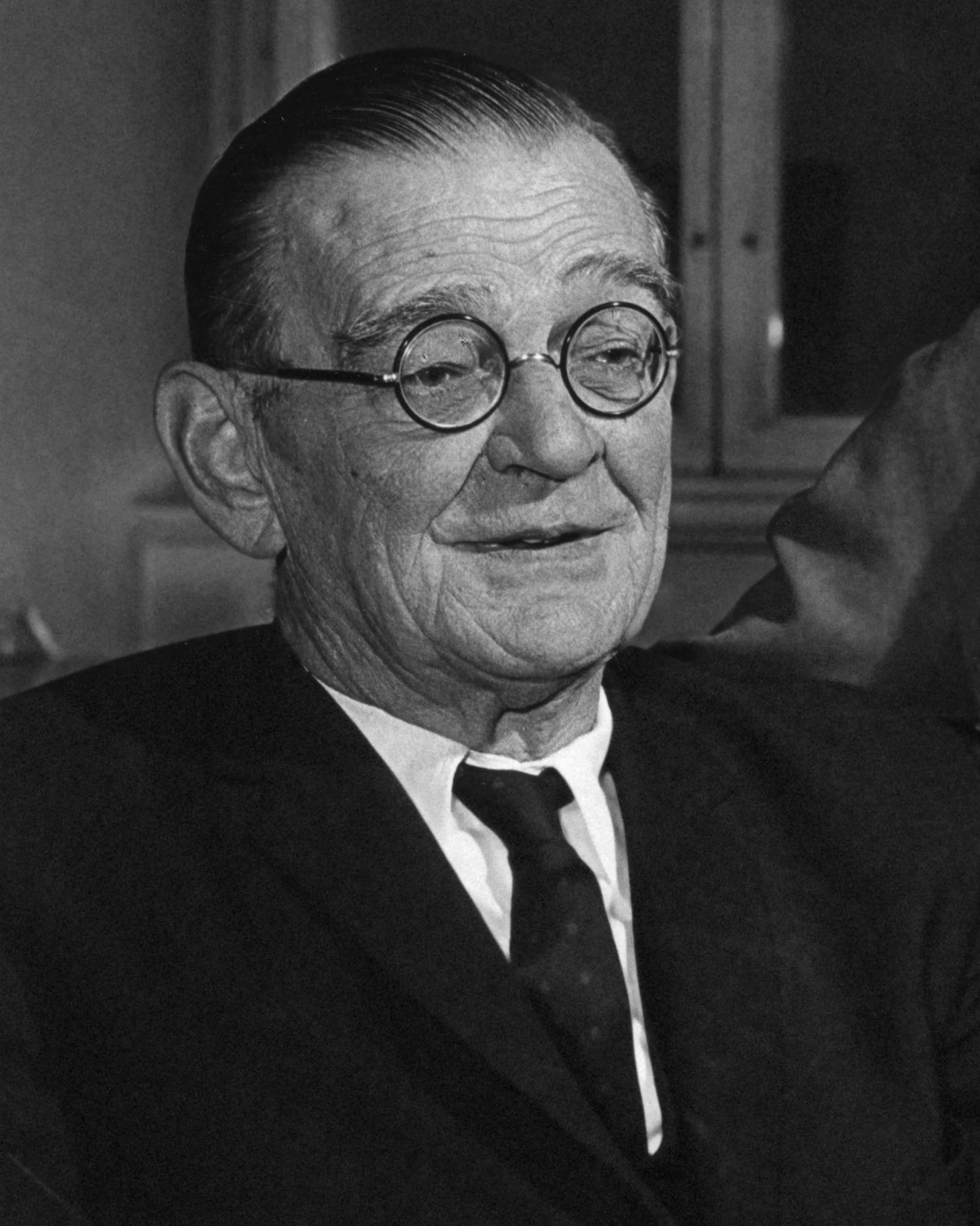
Following receipt of a grant from the Anglo-Czech Educational Fund awarded to Dr Hana Navratilova, who is currently working on a biography of Professor J. Černý, the Griffith Institute has started the online presentation of the Jaroslav Černý Collection. To date, a detailed catalogue of his correspondence and notebooks has been prepared. The Griffith Institute Archivist is currently working on the catalogues of Coptic scholars; the catalogues of Walter E. Crum Collection and Sarah Clackson Collection are already available on the new platform.
Diana N. E. Magee (1936-2017)
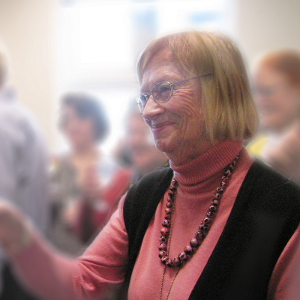
It is with great sadness that we announce the death of the British Egyptologist Dr Diana Magee (DPhil Oxf). Diana was a huge part of our lives here in the Griffith Institute, her considerable contribution to the Porter & Moss, as well as the many hours of dedicated work on the creation and expansion of our archive catalogues, improving access to the Jaroslav Černý, Norman and Nina de Garis Davies, Battiscombe Gunn and Percy Newberry manuscripts in particular. Diana's tireless effort will continue to benefit many scholars for years to come. Diana was a lady of firm principle, who did not suffer fools gladly, but she would happily give her time to anyone interested in her beloved Asyut and was a staunch believer in the work and values of the Griffith Institute. We shall miss her greatly. The funeral will be a small private service just outside Oxford, next week. Diana left instructions that there should be no flowers, but donations to the Royal National Lifeboats would be much appreciated.
Deir el-Bersha Watercolours
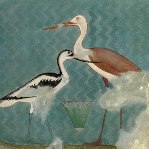
Watercolours made in the tombs of Djehutihotep and Djehutinakht at Deir el-Bersha have been presented within layered reconstructions. A commentary and technical information are also provided for each of the artworks. These watercolours were part of the documentation created by the Egypt Exploration Fund’s survey to the site in the early 1890s. This team was directed by Percy Newberry, who was also responsible for taking a young 17-year-old Howard Carter to Egypt. Many of the watercolours showcased here were painted by Carter. See more.
Minnie Burton's diary online publication
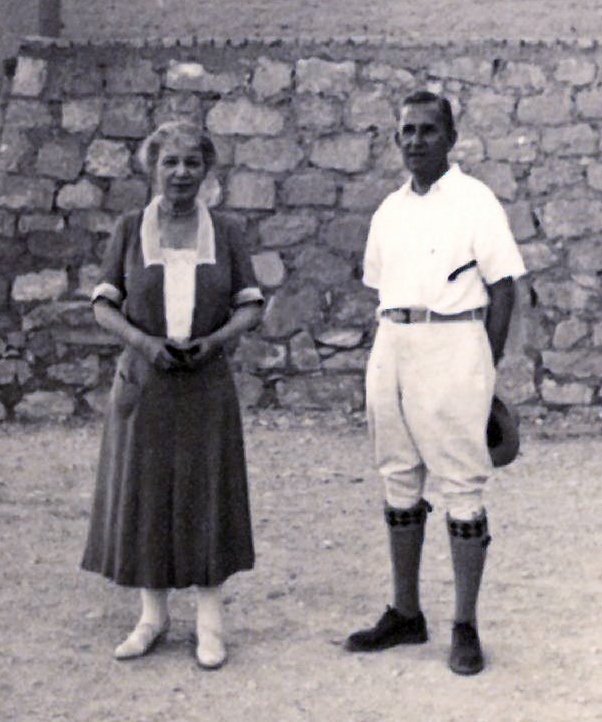
The 1922-1926 personal diary of Minnie Burton, wife of the British archaeologist and photographer Harry Burton, which was acquired thanks to two grants from the Friends of the National Libraries and the Heritage Lottery Fund, has been fully digitized and transcribed. See the complete online publication.
Discovering Tutankhamun in colour
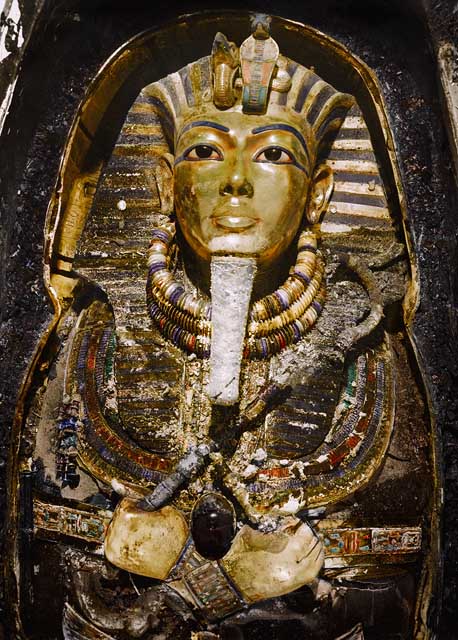
In collaboration with SC Exhibitions and Dynamichrome, a selection of Harry Burton's photographs in the Griffith Institute Archive has been colourised. These images will be featured in 'The Discovery of King Tut' exhibition, opening in New York on the 21st November 2015. See more.
Minnie Burton's diary

On the 14th of July 2015 the Griffith Institute acquired the 1922-26 personal diary of Minnie Burton, thanks to two generous grants from the Friends of the National Libraries and the Heritage Lottery Fund. Minnie was the wife of the British archaeologist and photographer Harry Burton, who worked with Howard Carter during the excavation of the tomb of Tutankhamun. See more.
Percy Newberry Collection - Project News
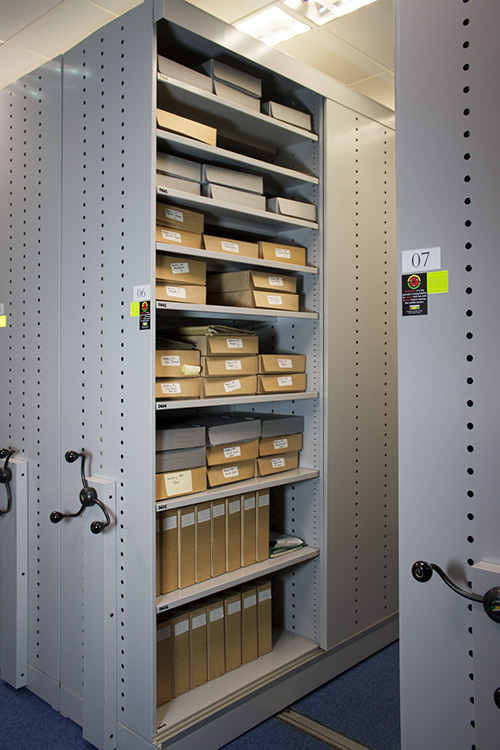
Following the receipt of a cataloguing grant from The National Archives we have hired an Archivist to catalogue the papers of Percy Newberry. You can keep up to date with the project and find out about interesting items from the collection on Facebook as well as this project page.
The Newberry Collection - Project Archivist vacancy
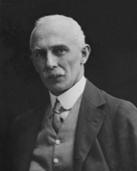
We are delighted to announce that The National Archives has awarded a cataloguing grant to the Griffith Institute in order to employ a professional archivist for one year to catalogue the papers of the British Egyptologist, Percy Edward Newberry (1869-1949). See more
Terence DuQuesne's papers
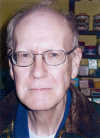
Three months ago, on the 17th of April 2014, the British Egyptologist Terence DuQuesne passed away. He very generously bequeathed his research papers to the Griffith Institute, where they will be soon available for consultation. See more.
The Digital Topographical Bibliography

We have now launched test cases for the new Digital
Topographical Bibliography. Alongside searchable PDFs of the current print
version, vols. 1-7, this website presents the new framework of
the project and samples of new data focusing on three case-studies (Tuna
el-Gebel, Tell el-Farʿun and royal statues of provenance not known).
We would welcome feedback from users on the
general appearance and style, ease of access and navigation within the
case-studies, as well as thoughts and comments on any aspect of the
presentation and content. See more.
Topographical Bibliography vols I-VII available to download

As part of the digitization of the Topographical Bibliography, the first seven volumes have been scanned and made freely available as searchable PDFs. We are very pleased to offer them to the research community as a digital legacy to those who intensively worked on this project for over a century. See more.
Jac. J. Janssen's papers
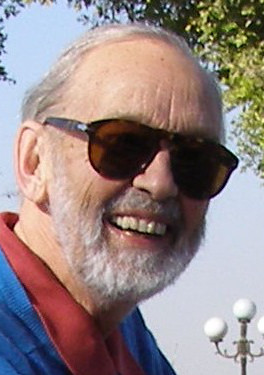
Two years ago on the 23rd of August 2011, Professor Jac. J. Janssen passed away. In his memory, we are pleased to announce that his papers will be soon available for consultation at the Griffith Institute. See more.
Pietro Bracci's 'lost' manuscript
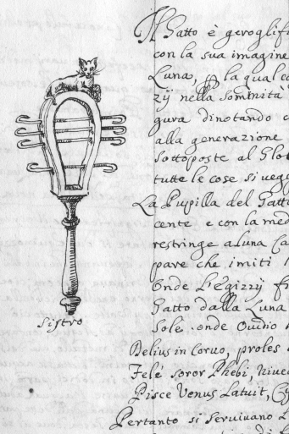
To celebrate Pietro Bracci's birthday in the month of June, we present here scans of some individual pages of an unpublished manuscript on Egyptian hieroglyphs which was believed to be lost.
Amelia Edwards new sketch album
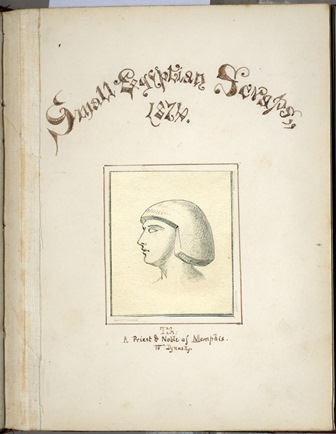
A previously unknown album of drawings by Amelia Edwards has recently been identified in the Archive. To celebrate her birthday on June 6th, we have the pleasure to publish it online here.


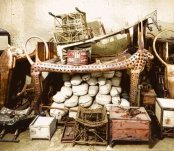





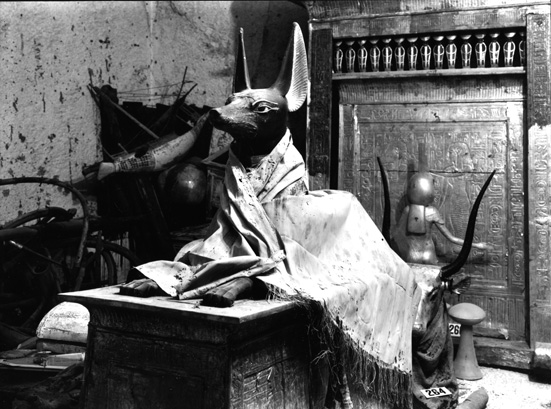
Instagram
Bluesky
Facebook
Blog